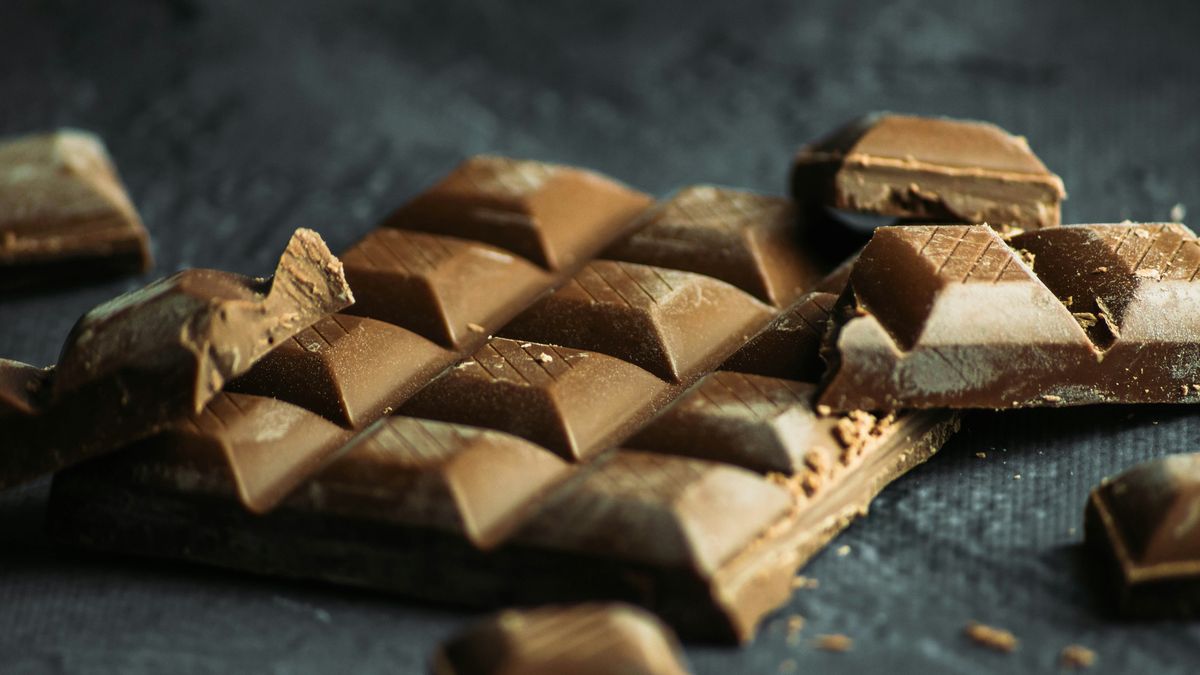On Chocolate Day, many people take the opportunity to try different types of chocolate, from classic milk chocolate to more exotic options such as spiced chocolate or dark chocolate.
Chocolate has its roots in the ancient civilizations of Mesoamerica. The Mayans and Aztecs already knew about it and used it in ritual and ceremonial drinks. Cocoa beans were so valuable that they were sometimes used as currency.
In the 16th century, chocolate was brought to Europe by the Spanish. Initially, it was drunk as a bitter and spicy beverage, but over time sugars and other ingredients were added to make it sweeter and more palatable to the European palate.
Chocolate.jpg
What are the rarest chocolates in the world?
Camel milk chocolate
Dubai-based Al Nassma has launched a chocolate made from camel milk and listed some of its benefits: it contains less fat and more vitamins, and helps reduce sugar levels.
Chocolate with bacon
The Vosges chocolate company has two proposals for dark and milk chocolates that incorporate the flavour of smoked bacon.
Chocolate with tomato flavour
Meiji Company of Japan has added a white chocolate bar made from sweet tomatoes to its list of products. Initially it was a limited edition but after its success they decided to keep it.
Insects dipped in chocolate
The American brand Hotlix is dedicated to making sweets with this unusual combination: insects and chocolate. According to this company’s official store, they have three products of this type, which can be bought individually or in a box.
How to prepare chocolate
For cocoa beans to become the chocolate bars you buy at your kiosk, they have to go through several stages:
1. Harvesting: The process begins with the harvesting of cocoa pods from the trees. These are picked by hand when they are ripe.
2. Fermentation: Inside each pod are cocoa beans surrounded by a sticky white pulp. The beans are removed from the pods and placed in boxes or piles to ferment for several days. Fermentation is crucial as it develops the cocoa’s flavours.
3. Drying: After fermentation, the grains are dried in the sun or in special dryers to reduce their moisture. This helps prevent the growth of fungi and bacteria.
4. Roasting: The dried beans are roasted in ovens at controlled temperatures. Roasting develops the characteristic flavours and aromas of chocolate and facilitates the separation of the shell from the bean.
5. Shelling and Grinding: After roasting, the beans are cracked to remove the shell, leaving behind the cocoa “nibs.” These nibs are ground to form a paste called cocoa liquor or cocoa mass. This paste contains both cocoa solids and cocoa butter (the fat in the cocoa).
6. Conching: The cocoa liquor is blended and refined in a machine called a concher. This process improves the texture of the chocolate and helps develop a smoother, more uniform flavor.
7. Tempering: Liquid chocolate is cooled and heated in a controlled process called tempering. This ensures that the cocoa butter crystals align properly, resulting in chocolate that melts smoothly and has an attractive shine.
8. Mixing and Adding Ingredients: To make milk chocolate or white chocolate, additional ingredients such as milk powder, sugar and, in some cases, vanilla are added. These ingredients are mixed well with the cocoa paste.
9. Molding and Cooling: Liquid chocolate is poured into molds to form the desired shape, whether bars, chocolates or other forms. It is then cooled to solidify.
10. Packaging: Once the chocolate has cooled and solidified, it is packaged in suitable containers for distribution and sale.
Source: Ambito
I am an author and journalist who has worked in the entertainment industry for over a decade. I currently work as a news editor at a major news website, and my focus is on covering the latest trends in entertainment. I also write occasional pieces for other outlets, and have authored two books about the entertainment industry.




